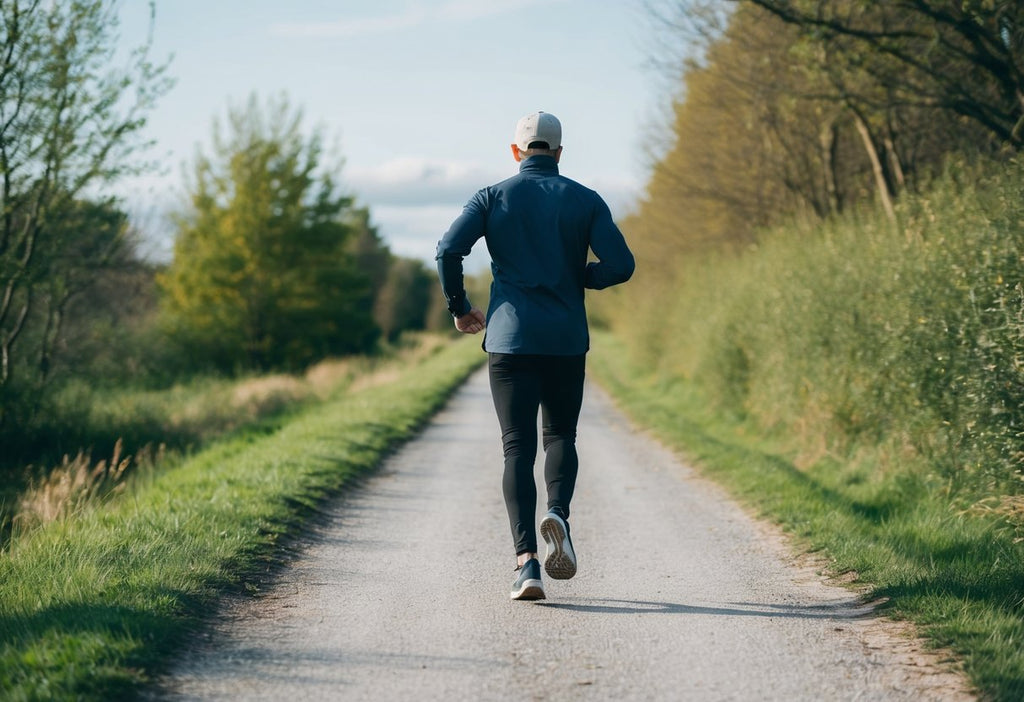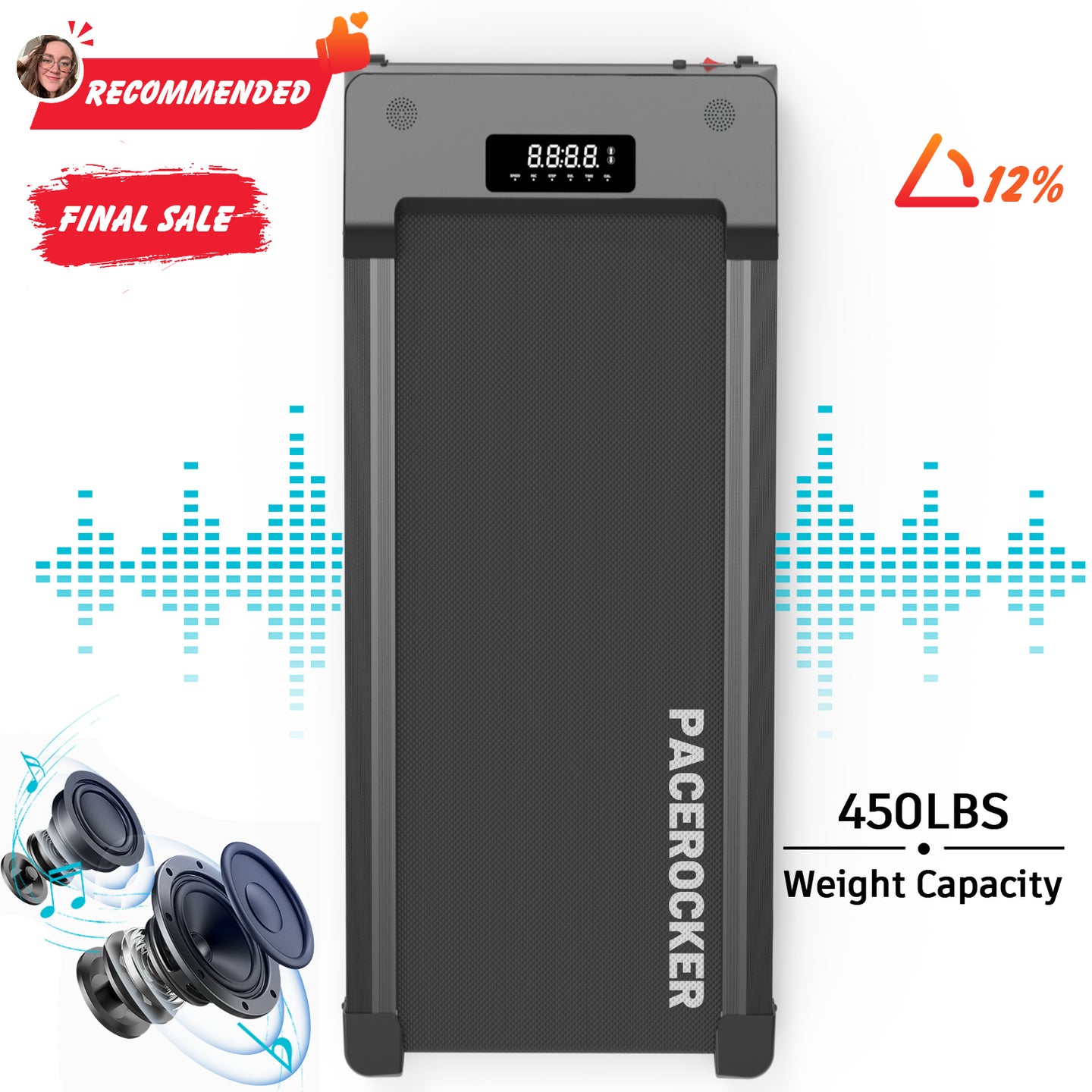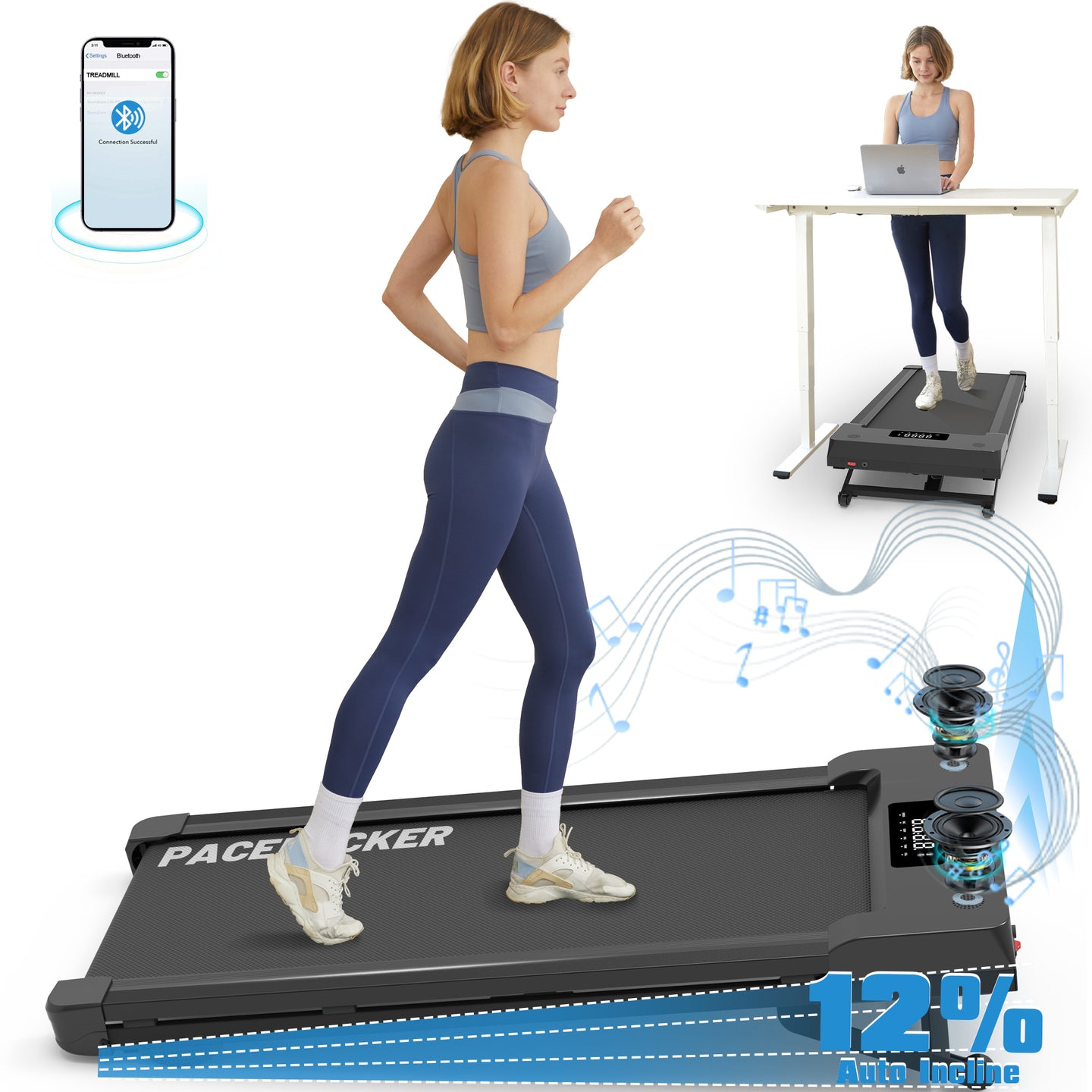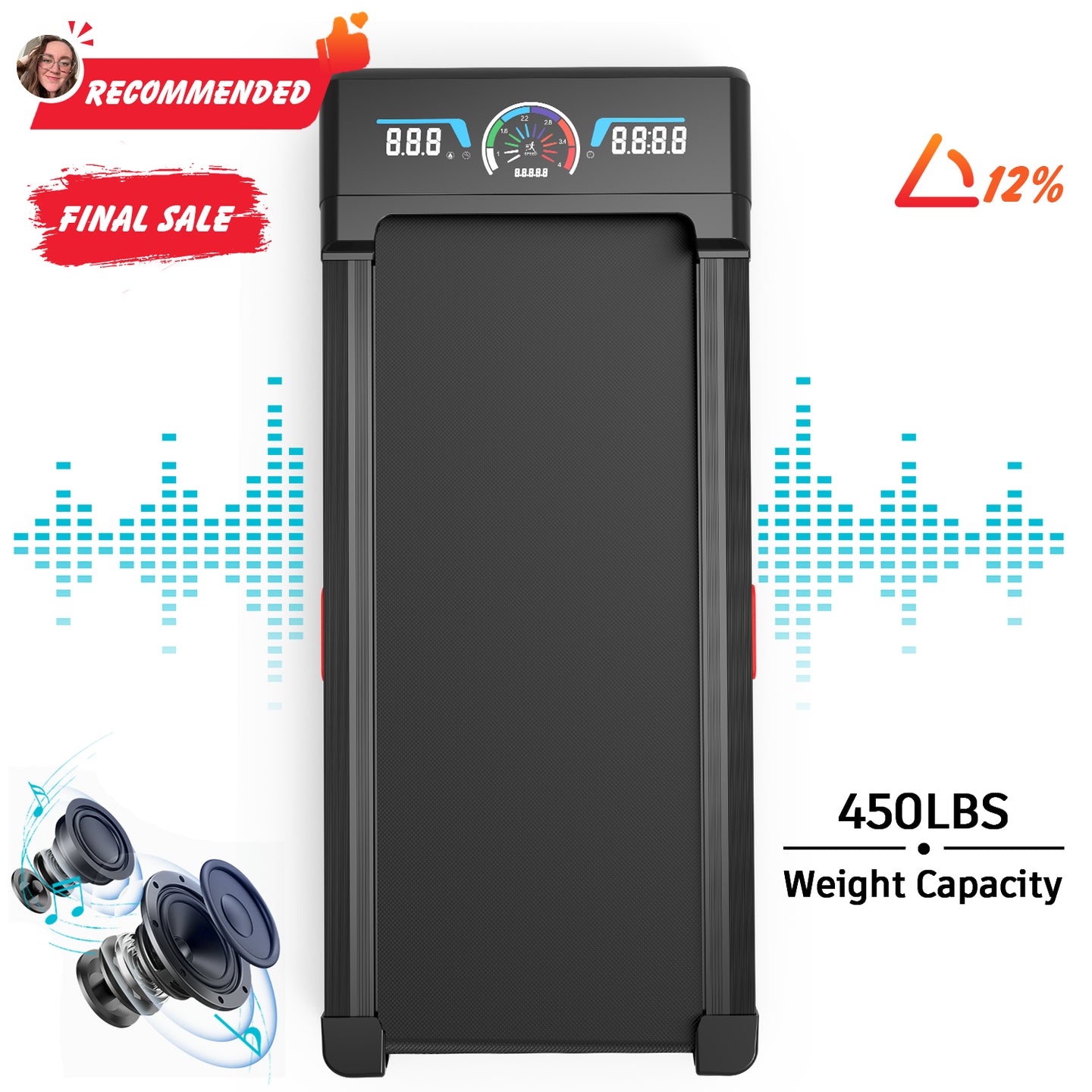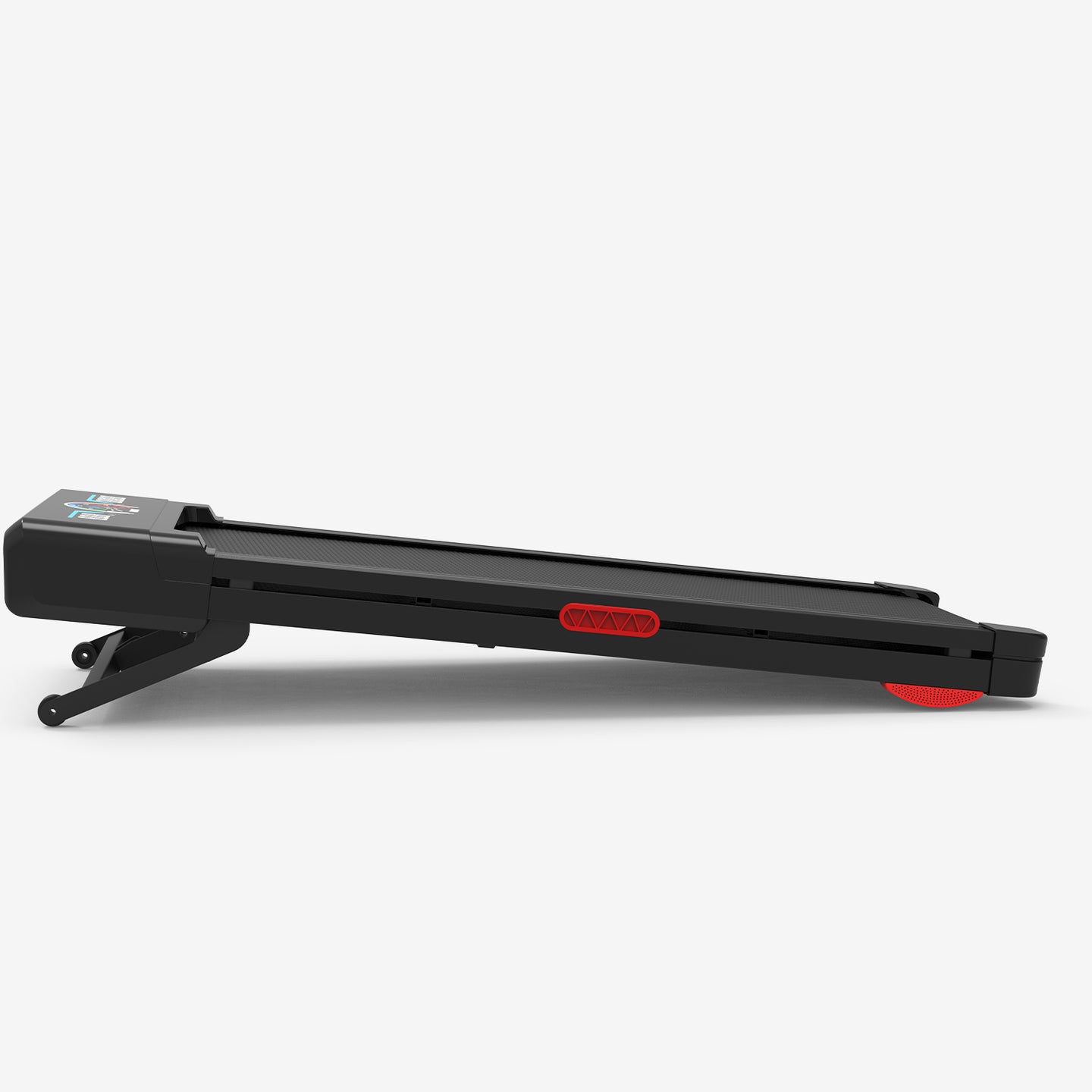Do any of you 400lbs+ have a walking pad?
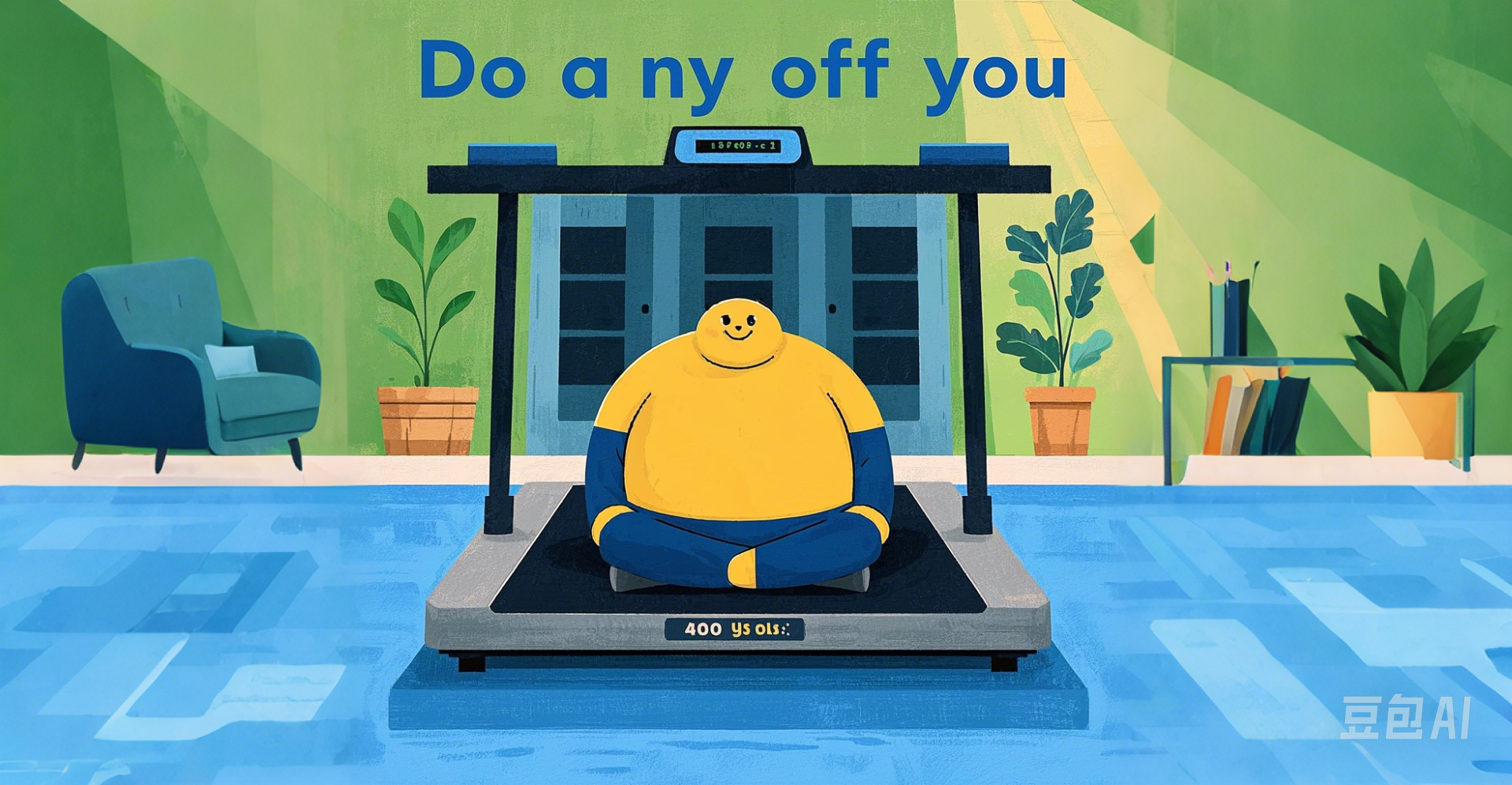
Don’t forget to check out our Pacerocker, Trailviber, and Trailviber Auto Incline walking pad treadmills.
When you’re over 400lbs, finding the right fitness equipment can be tough. Many products on the market aren't built to support larger individuals, and it’s easy to get discouraged. But here's the good news: a walking pad could be the perfect solution, as long as you choose one that's durable, stable, and functional. Let’s talk about what to look for in a walking pad, using insights from real users who’ve been there, done that.
1. Durability and Weight Capacity: Don’t Compromise on Strength
First things first: If you weigh over 400lbs, you need a walking pad that can handle your weight without giving out. Many walking pads on the market are designed for lighter users, and they simply can’t provide the support larger individuals need. The last thing you want is for your walking pad to wobble, make strange noises, or even break under your weight.
Take Sarah, for example, a 310lb user from Texas. She told me, “I love going for walks outside, but when the weather gets hot, it becomes a struggle. I can walk around inside for a few minutes, but my downstairs neighbors don’t appreciate the noise when I walk too fast.” This is where a walking pad becomes a game-changer for people like Sarah. Having a walking pad that can support her weight would allow her to walk indoors without worrying about disturbing her neighbors.
Look for a walking pad with a solid frame and a high weight capacity. Many models now support weights of 400lbs or more, ensuring that larger users stay safe and comfortable while walking. Don’t settle for less—your walking pad should be strong enough to support your body and provide long-lasting durability.
2. Stability: A Stable Walking Surface Is Key
The last thing you want is a walking pad that feels shaky or unstable. Larger users need walking pads that offer a solid, wide platform with good balance and strong support. When walking on a smaller, less stable pad, the risk of injury increases—not to mention the discomfort of a wobbly surface.
Jason, who weighs 375lbs, shared his experience with his PACEROCKER, a model with a 400lb weight capacity. “It works well for me, but I do have to manually adjust the belt to make sure it’s quiet while I walk,” he said. “It also has an adjustable incline, which is nice, but if your balance isn’t great, I wouldn’t recommend it without a wall or handrail nearby.”
Jason’s feedback highlights the importance of stability, especially if you’re just starting out with a walking pad. Make sure the walking pad you choose has a solid frame and a wider platform for added stability. Look for one with a non-slip surface and a sturdy motor that can handle your body weight without compromising performance.
3. Noise: Quiet, Low-Impact Design for Home Use
One of the biggest concerns for anyone using a walking pad, especially if you live in an apartment or shared space, is noise. No one wants to disturb their neighbors with the sound of heavy footsteps or the whirring noise of a motor.
Jason also mentioned, “It’s a bit noisy, even compared to walking in place. I live in an apartment, and while my neighbors are pretty understanding, I still try to keep the noise down.” If you’re someone like Jason who lives in close quarters with others, a quieter walking pad is a must-have.
For people who need to keep the noise to a minimum, choosing a walking pad designed for quieter operation is a great idea. Some models have shock-absorbing features and quieter motors, so you can walk comfortably without disturbing others. If noise is a concern, make sure to check reviews specifically about sound levels before making your decision.
4. Adjustability: Tailor Your Walk to Your Needs
When it comes to fitness, everyone’s needs are different, and the same goes for walking pads. Larger users need the ability to adjust the speed, incline, and other features to match their fitness level and walking style. This will ensure that you can gradually increase your activity level without straining yourself.
Sarah’s experience reflects this: “I started out walking at a slower pace, but as I got more comfortable, I was able to increase my speed. The incline feature would be helpful for a more challenging workout, but I haven’t used it much yet.”
Jason also mentioned the importance of adjusting your speed and stride. “At first, I had to walk slower to get used to the pad, but it wasn’t difficult. If you’re shorter, you might have to adjust your stride as well.”
Adjustability is essential, particularly for those who are just starting their fitness journey or have limited mobility. A walking pad with adjustable speed and incline allows you to progress at your own pace. It’s also helpful to choose a model that’s easy to adjust, so you can make changes without hassle.
5. Overall Functionality: Go for Simplicity or Smart Features
Some people prefer a walking pad that’s simple and easy to use, while others want more advanced features like connectivity, step tracking, and even built-in speakers. Your choice will depend on your preferences and lifestyle.
Jason, for example, enjoys his PACEROCKER for its simplicity and basic features. He said, “It does the job, and I don’t need anything too fancy. Just a quiet walk with an incline option is enough for me.”
On the other hand, Sarah might prefer a walking pad with some extra tech features. She could benefit from models that sync with fitness apps, track her steps, and help her set and monitor goals.
If you’re more into technology and want extra motivation, look for walking pads with built-in apps or connectivity to track your progress. But if you just need a straightforward, no-frills machine to get moving, choose one that prioritizes ease of use and durability.
Conclusion: Choose the Right Walking Pad for Your Needs
Choosing a walking pad as a larger individual isn’t just about picking the first model you see. It’s about finding a product that supports your weight, provides stability, and offers the features that will make your walking experience comfortable and enjoyable. From durability to noise reduction and adjustability, take the time to find a walking pad that matches your unique needs.
By listening to real feedback from users like Sarah and Jason, we see that with the right walking pad, you can safely and effectively incorporate walking into your daily routine—without worrying about instability, noise, or discomfort. Take the time to do your research, check the weight capacity, and choose a model that will last.
With the right walking pad, anyone, regardless of their weight or fitness level, can enjoy the benefits of walking at home—safely, comfortably, and effectively.



